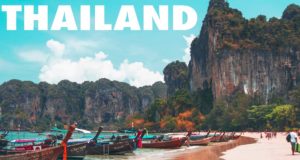After coming back from my Himalayan trips or treks I always post my night sky photography on Facebook and Instagram profile. People used to ask me various questions like how to shoot night sky, how to capture stars and milky ways like this, which camera I have used to capture this night sky photos. I replied to them one by one. But today I come up with an idea to publish an article when I can share the tutorial with you regarding how I shoot night sky photos with my DSLR.
Here are some of my night sky photos, milky way photos which were captured in Ladakh, Spiti Valley trip and in Sandakphu & Brahmatal Trek –
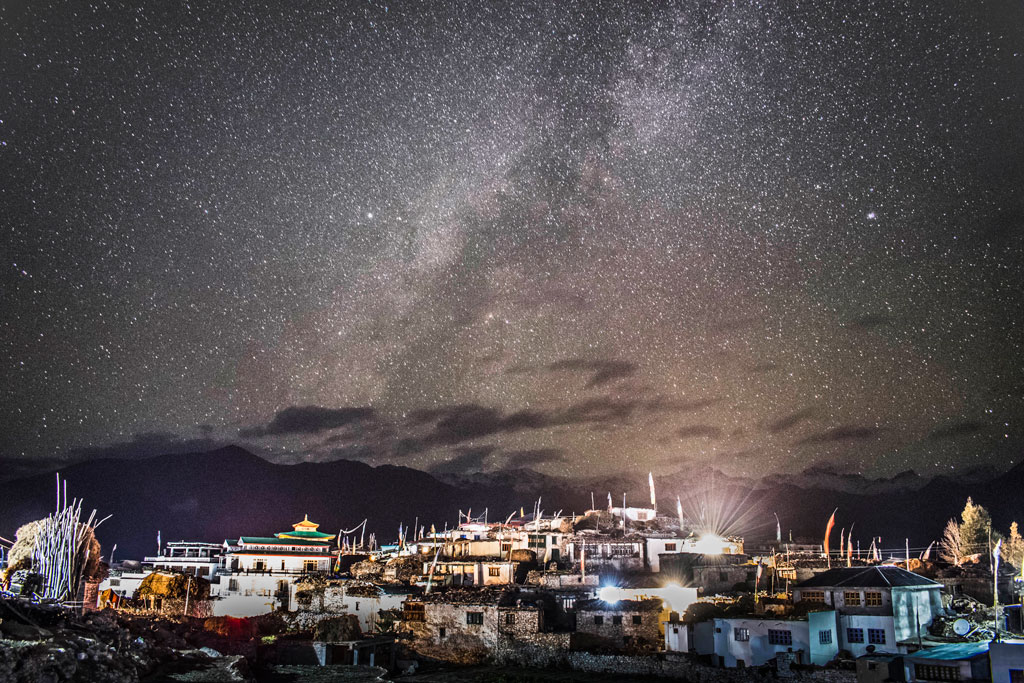
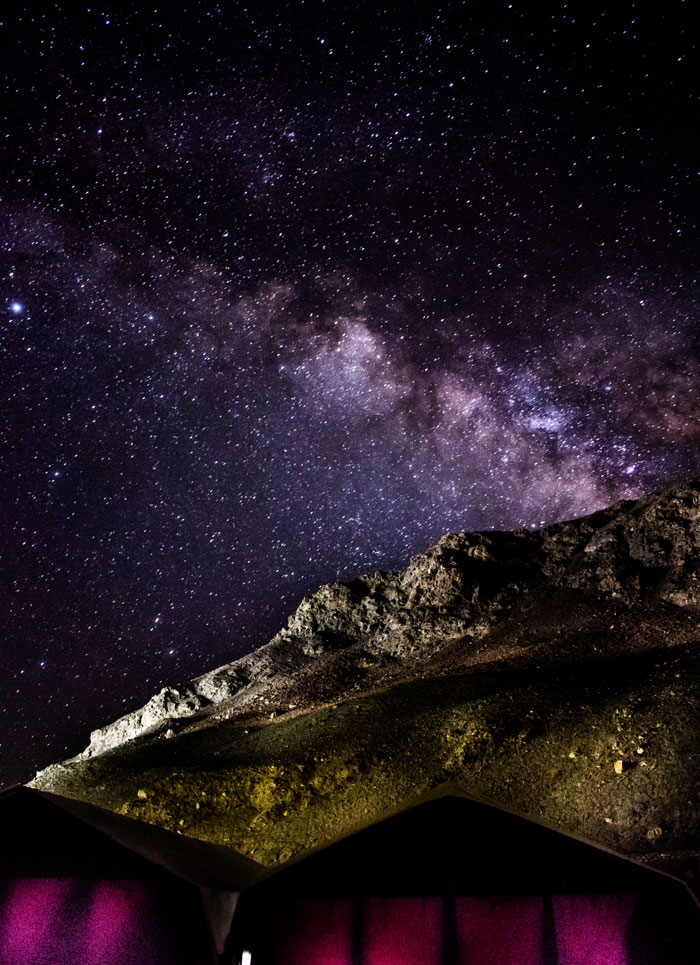
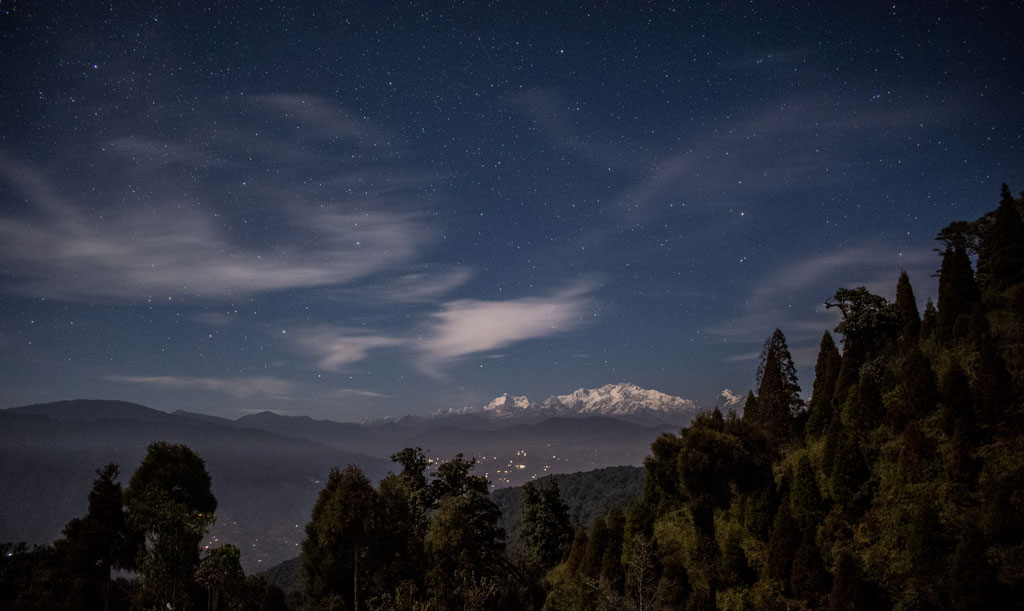
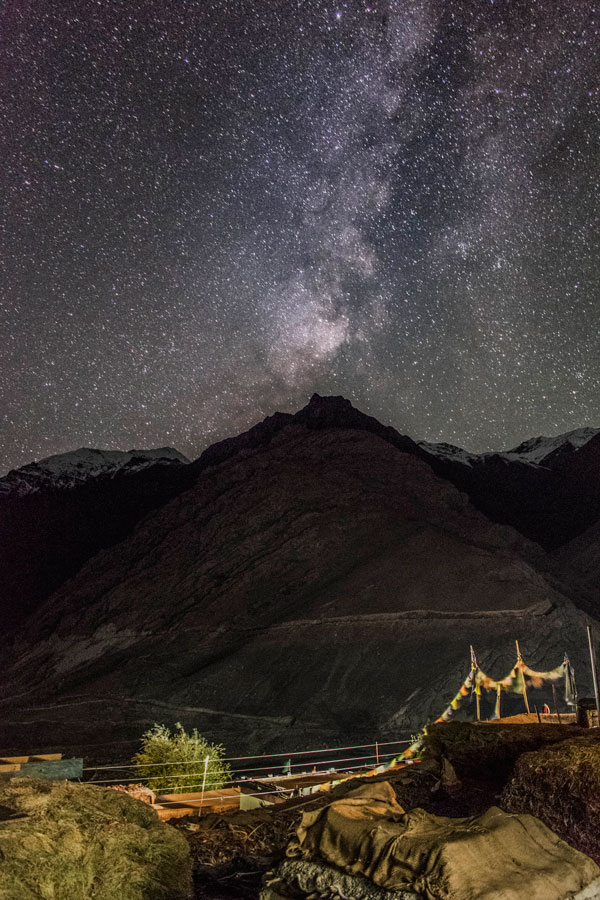
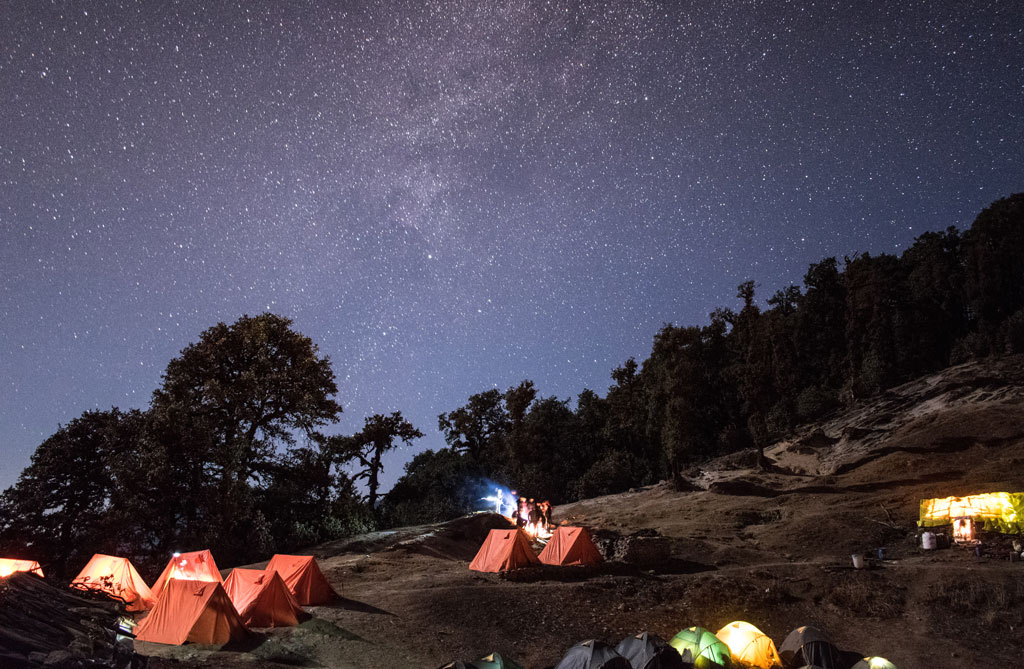
Before starting it, I would like to tell you that Night Sky photography is not a rocket science. Anyone can shoot it if he or she has a decent DSLR camera with required settings. As I am using my Nikon D5300. You can shoot it with Canon, Sony, and other DSLRs also. Just you need to follow these below steps.
What are the things you need for night sky photography?
You need these 4 things to shoot night sky stars, milky way photos:
1. A DSLR with a wide lens like the focal length of 18-55 mm or it can be lower also. (I am using Nikon D5300)
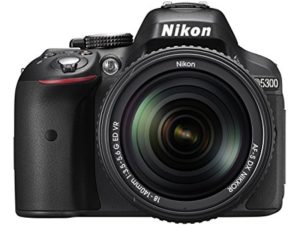
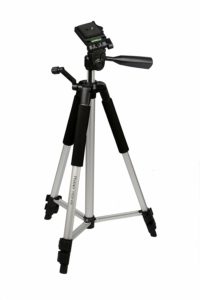
3. A Wireless Remote Control (Optional)
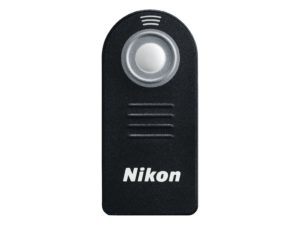
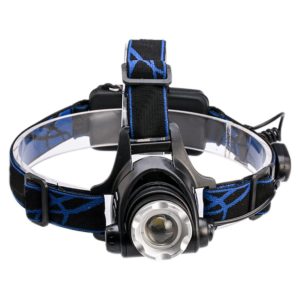
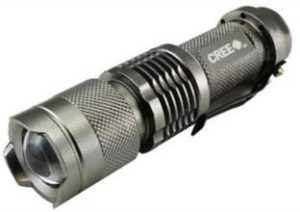
Also for night sky photography, you need to be in a place where the surrounding is mostly dark. You should avoid a place with the light source and city pollution. Regarding this I want to tell you that, I tried to shoot night sky from my city Kolkata but as the city sky is polluted and it not too dark I was failed to capture night sky from here. Rather you can try from a place which is far away from the city. One of the reasons I love to visit the mountains is night sky photography. In the mountains, the air is pollution free and there is no or minimum light source at night, so it is very easy to capture the night sky. So, try capturing those glittering stars in your next mountain trip.
What are the settings you have to follow in your camera before night sky photography?
Well, I am not going in-depth logic behind every setting. If you have any question regarding the logic behind each setting, you can drop a comment below and I will surely answer those.
Now here it is –
- Remove any type of filter, polarizer from your lens.
- Set your camera in manual mode.
- Set your camera focus in manual.
- Turn off camera inbuilt stabilizer
- Turn off High ISO Noise reduction
- Turn off Long Exposure Noise Reduction
- Always shoot night sky photo with RAW image format
- Set your camera ISO any value between 1600 to 6400
- Set your camera Aperture to f 3.5
- Set your camera shutter speed or exposure time any value between 20 secs to 30 secs
Note: You can lower your aperture number to 1.4 or 2.8 if your camera allows it.
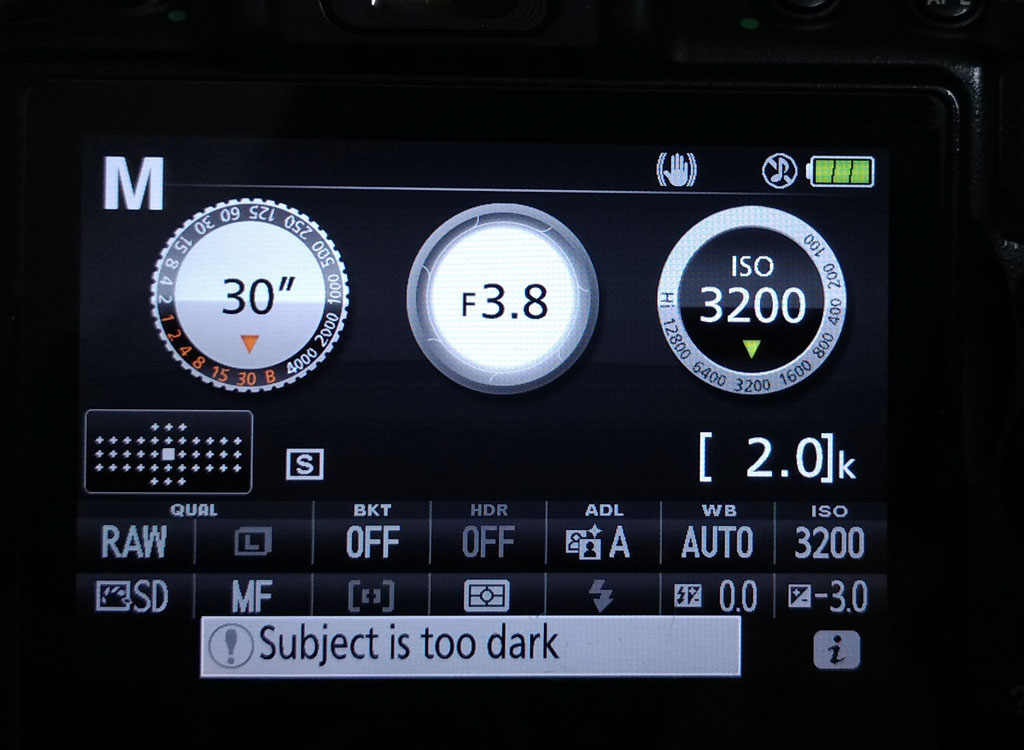
Now here is a catch, to shoot a decent night sky photo your camera needs the right exposure settings. Like for shutter speed, you need to set it anywhere between 6 and 45 seconds to allow enough light in your shot. But if you leave it open too long, your camera will detect the movement of the stars and the photo will come out blurry when you zoom.
For that here is a rule, it is called “500 Rule”. To know what will be the perfect exposure, you need to follow “500 Rule”.
Here is the 500 Rule of Photography:
500 Divided By the Focal Length of Your Lens = The Longest Exposure (in Seconds)
For example; If you’re taking a shot with an 18 mm lens on a full frame camera. 500 / 24 = 21 seconds, which you can round to 20 seconds. This formula applicable to all full frame cameras
Now if you are using Crop sensor camera then you have to multiply the crop factor with the focal length before dividing that number by 500.
- Sony & Nikon = 1.5 crop factor
- Canon = 1.6 crop factor
So for example: My DSLR is Nikon D5300 crop sensor camera. So I am following this rule
My lens focal length 18 mm.
Exposure time = 500 / 18 mm x 1.5 = 18.51 secs ~ 20 secs
Now you can shoot in different settings like below to give a trial and error and see which is the best capture. I used to capture the below settings. You can also find some of my shots with its camera settings mentioned below.
ISO: 1600
F: 3.5
SHUTTER: 20 secs
ISO: 1600
F: 3.5
SHUTTER: 25 secs
ISO: 1600
F: 3.8
SHUTTER: 30 secs
ISO: 2400
F: 3.5
SHUTTER: 20 secs
ISO: 3200
F: 3.8
SHUTTER: 25 secs
ISO: 3200
F: 3.5
SHUTTER: 30 secs
Like this way you can change the combination of the ISO and shutter speed and try it to get your desired shot.
After this, you need to mount your camera on Tripod. Make sure your tripod is not shaking during the shot.
Now coming to the most important part of it. How to focus manually in the dark condition. Well for this you have to light up an object nearby of your camera. You can use your torch or your headlamp for it and adjust your lens focus wheel and check in your camera display if it is in focus. Now set the camera timer 5 secs or 10 secs and press the shutter (You can use wireless remote also). After a while check the outcome, if you satisfied with the frame, exposure and focus then fine or try it again. Remember to take 5 – 6 shots, so you can get the change to select the perfect one from those.
Watch my Night Sky photography tutorial video on YouTube
I hope you get the idea of how to shoot night sky photos. In my next tutorial, I will tell you how to process the night sky image in post-processing software like Lightroom or Adobe Photoshop. I use Adobe Lightroom for post-processing of my night sky, milky way photos.
Well if you like this blog post please do subscribe my blog, share it with your friends and don’t forget to subscribe my YouTube channel also.


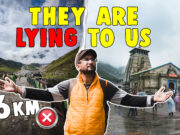
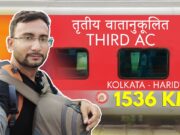
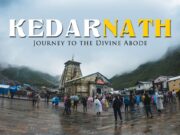
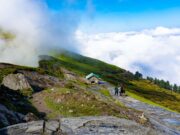
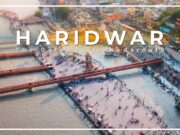

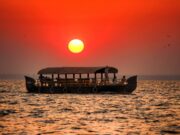
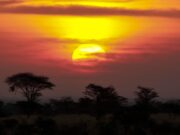
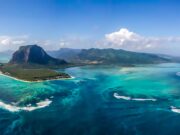
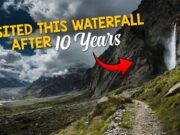
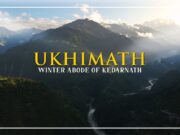


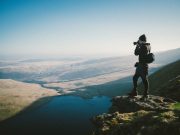
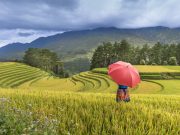
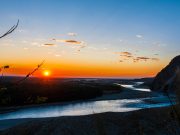
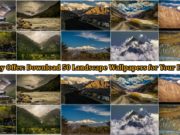

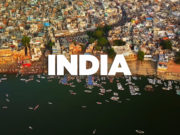
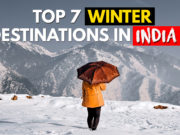
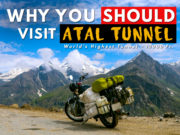
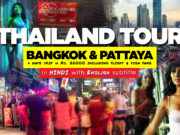
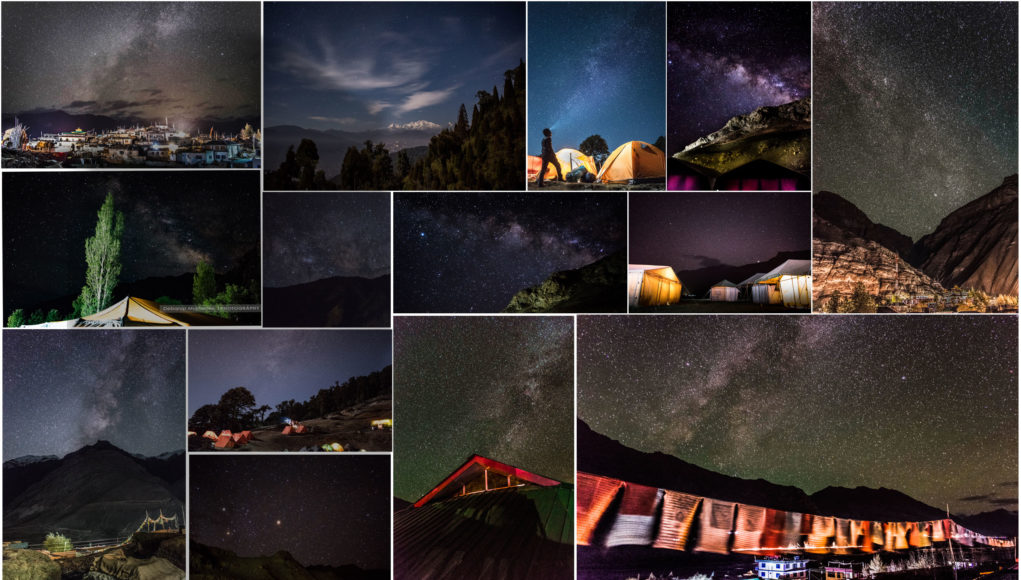
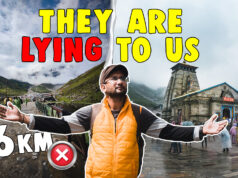
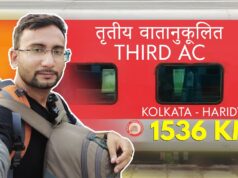
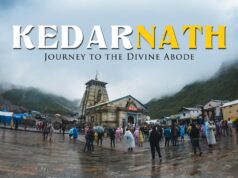
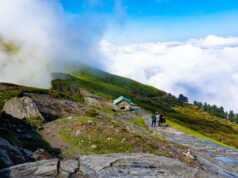
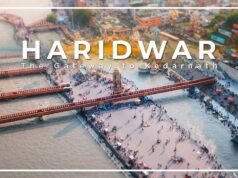


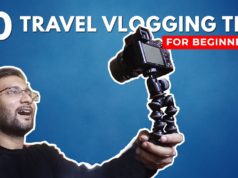
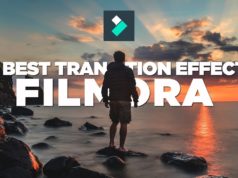
![How to Cinematic Color Grade in FILMORA [Tutorial] how to cinematic color grade in filmora](https://www.topfivebuzz.com/wp-content/uploads/2022/02/how-to-cinematic-color-grade-in-filmora-238x178.jpeg)
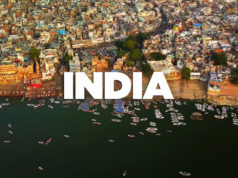

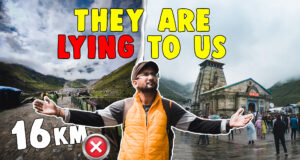
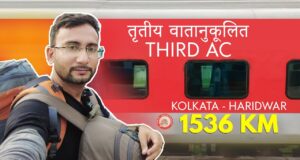
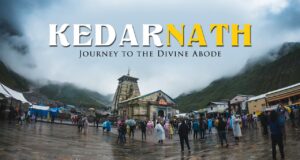
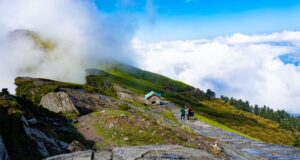
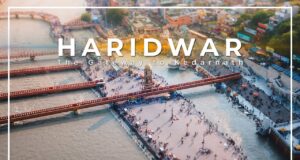
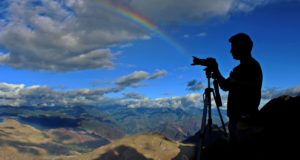
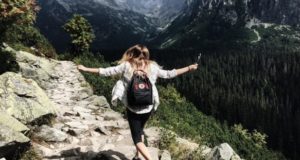
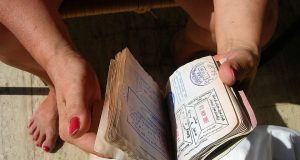


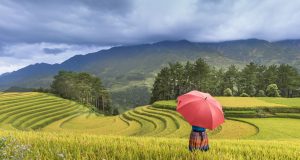
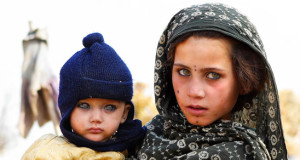

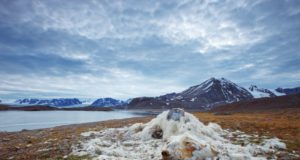
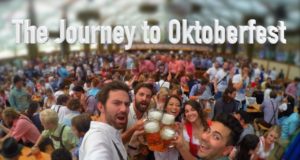
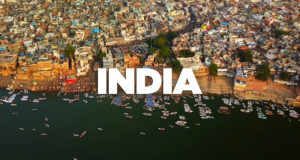
![Watch How I Cycling Around Iceland in 40 Days [A Must Watch] Cycling Around Iceland](https://www.topfivebuzz.com/wp-content/uploads/2017/10/maxresdefault-300x160.jpg)
